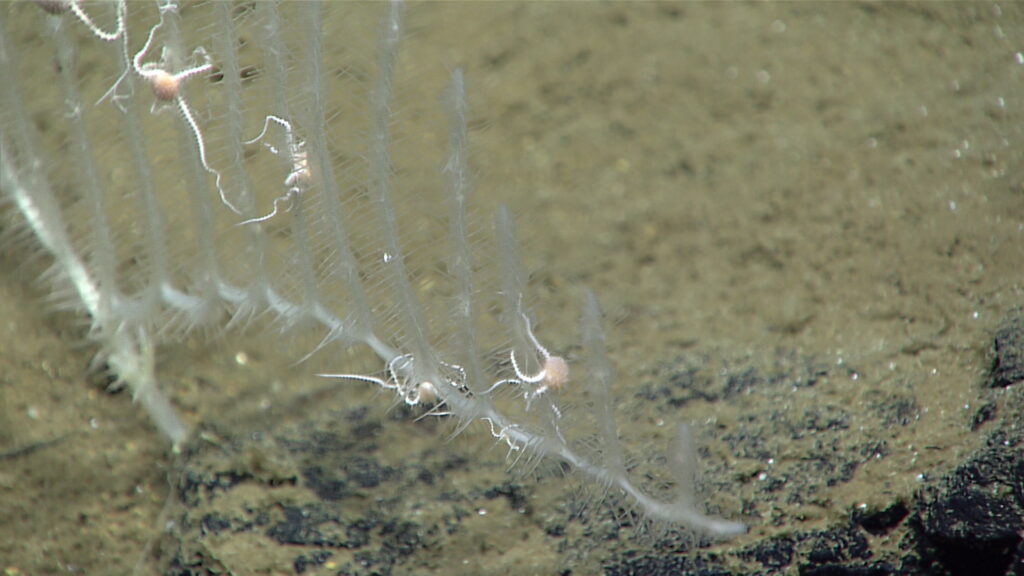Have you ever stopped to wonder if a sea sponge you see on a rock or in a tide pool is truly alive? Although sea sponges do not look like the animals you see swimming in the ocean, they are indeed alive!
In fact, sponges are one of the simplest animals on Earth. They may not have a brain, bones, or muscles like fish, birds, or dogs, but they are made of many tiny living cells that work together to help them grow, find food, and even repair themselves.
What Exactly Are Sea Sponges?
Sea sponges come in many shapes, sizes, and colors. Some sponges are soft and squishy, while others feel firmer. They can be bright red, yellow, blue, or even a mix of colors. Unlike most animals, sponges do not have a face, eyes, or legs. Instead, they live attached to rocks or coral on the ocean floor. Their bodies have many little holes and channels that let water flow through. This design is very important because it is how the sponge eats and gets oxygen.
How Sponges Eat and Breathe?
Most sea sponges get their food by filtering water. They pump water in through tiny holes, catching minuscule bits like plankton and organic particles. However, not all sponges feed this way. Some sponges, known as carnivorous sponges, live in deep parts of the ocean where food is scarce. Instead of relying solely on filtering, these special sponges trap tiny animals such as small crustaceans that pass nearby. Once caught, they break down the prey outside their bodies and absorb the nutrients.
Even though both types of sponges need energy to live, carnivorous sponges show us that nature can find different creative ways for survival. While the usual sponges gently filter water continuously, the carnivorous ones have evolved to actively capture food when the opportunity comes. This unique method helps them thrive in deep-sea environments where filtering alone might not be enough.

Their Reproduction
Most sponges reproduce sexually, but they can also reproduce asexually. Sponges reproduce sexually using eggs and sperm, they send out sperm into the water. This sperm meets eggs, sometimes kept inside the sponge, and they join together. The fertilized egg becomes a tiny larva that swims away to find a good spot to grow.
Besides this, sponges that reproduce asexually can regrow if a part of them breaks off. But this only works if the broken piece has the proper cells to develop into a complete sponge.
Ancient Animals of the Ocean
Scientists believe that sea sponges were some of the first animals to appear on Earth. They have been around for more than 500 million years. Even though they are simple and do not move like more advanced animals, their long history tells us a lot about how life has changed over time.
The Big Question Answered
So, are sea sponges alive? Yes, they are very much alive! Even though they do not have eyes, brains, or the ability to move quickly, sponges are living animals with their own ways of feeding, growing, and repairing themselves. They may seem simple compared to larger animals, but their long history on Earth and the important jobs they perform in the ocean make them both fascinating and essential to marine life. Every time you see a sponge in a tide pool or on a rocky shore, remember that you are looking at a living part of our planet’s history.
References:

